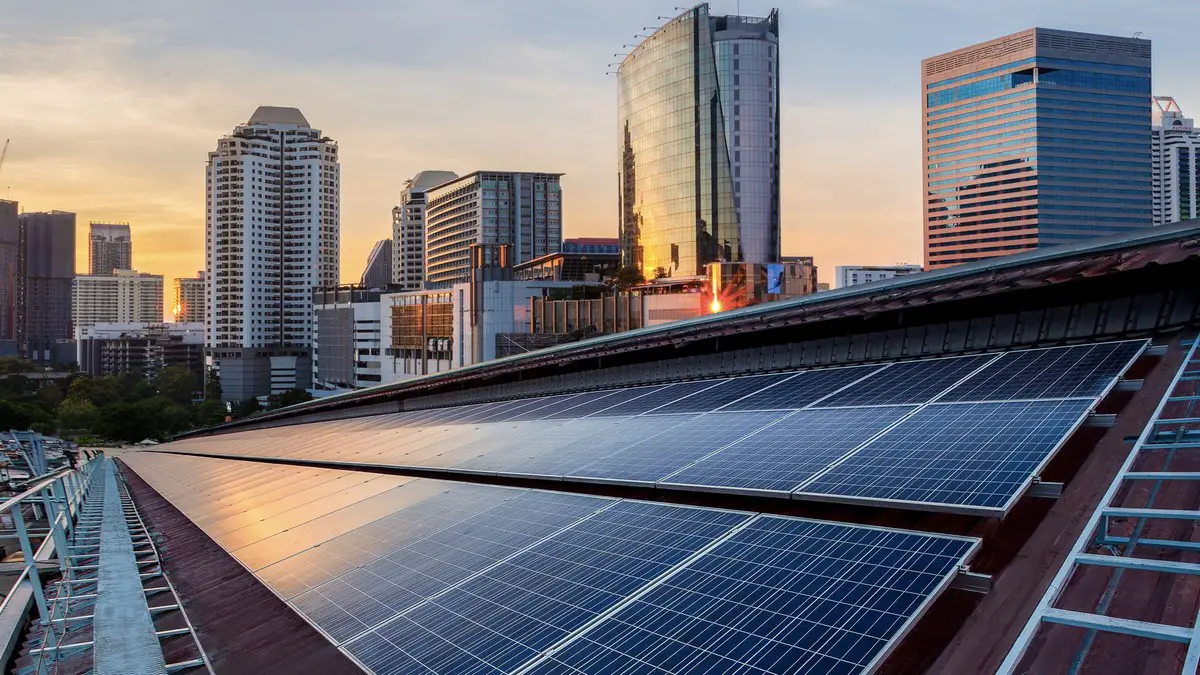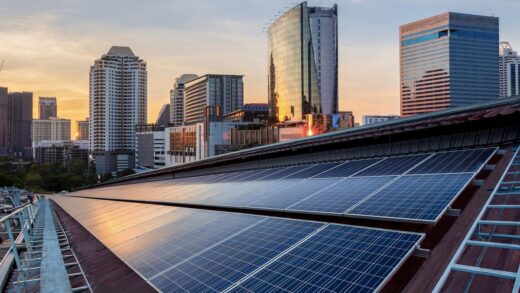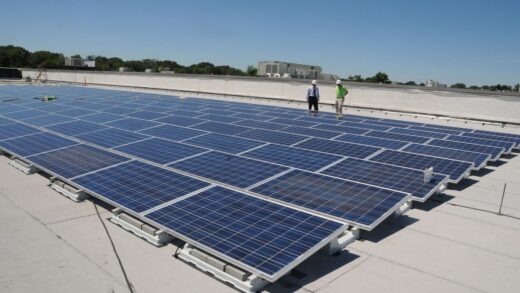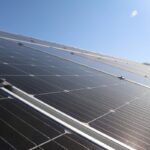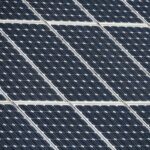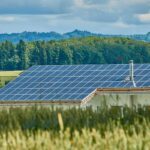5 mistakes to avoid with a commercial solar package guide, Home power benefits, Building electricity panels design advice
5 Mistakes To Avoid When Designing A Commercial Solar Package
20 June 2022
Adopting solar energy is great for commercial buildings. It’s cost-saving and helps you reduce your cost of utility bills in the long-term. Moreover, solar power is a way to reduce your energy output, hence, your carbon footprint, which is helpful for the environment. The cost of installation has also been reduced over time.
With its numerous advantages and benefits, you might want to consider installing solar panels. However, if you’re still unsure, you might want to check out Solar Run’s article on whether you should install solar panels on your commercial premises. On the other hand, if you’re set to do it, you must remember that there are some things to look out for before you invest in and design a commercial solar package. This way, you can ensure it’s done correctly—no one likes wasted resources or costly errors.
Therefore, to guide you, here are five mistakes to avoid when designing a commercial solar package and how to avoid them.
Not Evaluating Total Energy Consumption
The first step in designing a commercial solar package is to evaluate your total energy consumption. You can do this by measuring the kilowatt-hours (kWh) drawn from the grid per month and then comparing that number to your electric bill. For example, if you pay USD$300 per month for electricity but only use 2,000 kWh total per month, your average cost per kWh would be USD$0.15/kWh (USD$300 divided by 2,000).
Once you have determined how much energy your business consumes each month in kWh, you need to determine how much solar power generation you’ll need from your solar panels to cover these needs. First, find out how many hours per day there is sunlight available at your location and what percentage of those hours don’t require shading from nearby trees or buildings (i.e., when it’s cloudy). Then divide this quantity by 24 hours to determine how many kilowatt-hours (kWh) can realistically be generated each day with 100% efficiency under full sun conditions and hold off on any shading issues. You can also multiply this by 30 days to give an approximate value for annual production potential at 100% efficiency. This will guide your choice of panels and the capacity they have.
Skipping an Energy Audit
An energy audit is invaluable for businesses seeking to save money on commercial solar packages. In addition to helping you identify areas of your business that waste energy, an energy audit can also point out opportunities for improvement. Your contractor will conduct the audit by taking measurements and calculating at every stage of your process. This information will help them design a system that meets your unique needs while improving efficiency across all aspects of your operation. This includes lighting equipment, heating, ventilation, and air conditioning (HVAC) systems, and electrical power sources. This will help you enjoy the full advantages of your solar panels.
Giving Little Or No Thought To The Inverter
The inverter is the heart of your solar system. It converts Direct Current (DC) to Alternating Current (AC), used in homes and businesses. The better your inverter, the more efficient it’ll be at converting sunlight into usable power. This means you’ll get more electricity from fewer panels and save money on installation and operating costs over time.
Because an inverter is often among the most expensive parts of a commercial solar package, some companies take shortcuts by using cheap models or not installing enough panels to meet their clients’ needs. Both are big mistakes. You should always ensure that whoever designs your system uses top-quality equipment. This includes hardware (such as wiring) and software (like programming).
Overlooking Battery Storage
Many business owners overlook the importance of battery storage. Battery storage allows you to store excess solar energy and use it during a power outage. This way, your business can continue operating without interruption. This can be especially useful during unseasonable weather events or natural disasters as generating your electricity makes you self-reliant. You can also sell your excess energy from the battery storage back to the grid. You’ll be paid for doing this and be involved in circulating energy in the domestic arena.
Failing to Understand Your Land’s Geography And Weather Conditions
The last thing you want is to buy a solar package that can’t withstand the weather conditions in your area. If your site is subject to hail or excessive wind, for example, you need to make sure that the solar panels are made of high-quality material and are installed securely enough so they won’t be damaged. Additionally, account for the percentage of rainfall in your area and how much the sun shines. These factors will be important when calculating how much sunlight each panel will receive per day.
5 Mistakes To Avoid When Designing A Commercial Solar Package Conclusion
Commercial solar package design and installation is a balancing act between getting energy from roof space and ensuring savings and profit for the business. Solar power is not just a great way to reduce your carbon footprint, it’s also proven to be an investment in your future. With the reduced cost of solar panel installation, it’s now more accessible than before. When you’re ready to go solar, remember these mistakes and avoid them.
Comments on this guide to 5 mistakes to avoid with a commercial solar package article are welcome.
Solar Panels Articles
Solar Panels Posts
DIY Solar System: how to install solar panels
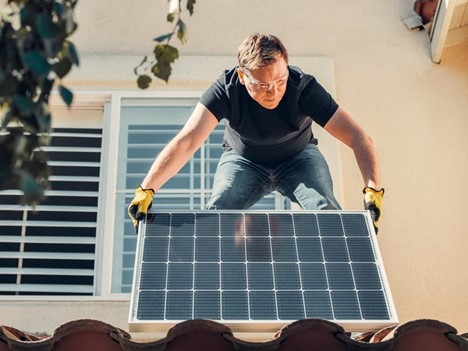
Before Installing Solar Panels
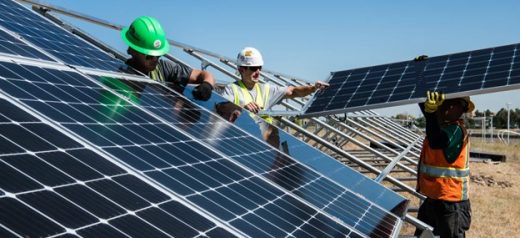
Solar rebates in QLD: 5 benefits
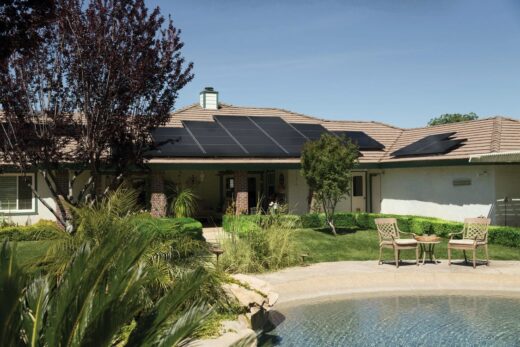
The Complete Homeowner’s Guide To Solar Power
Building
Residential Architecture Articles
Comments / photos for the 5 mistakes to avoid with a commercial solar package advice page welcome

